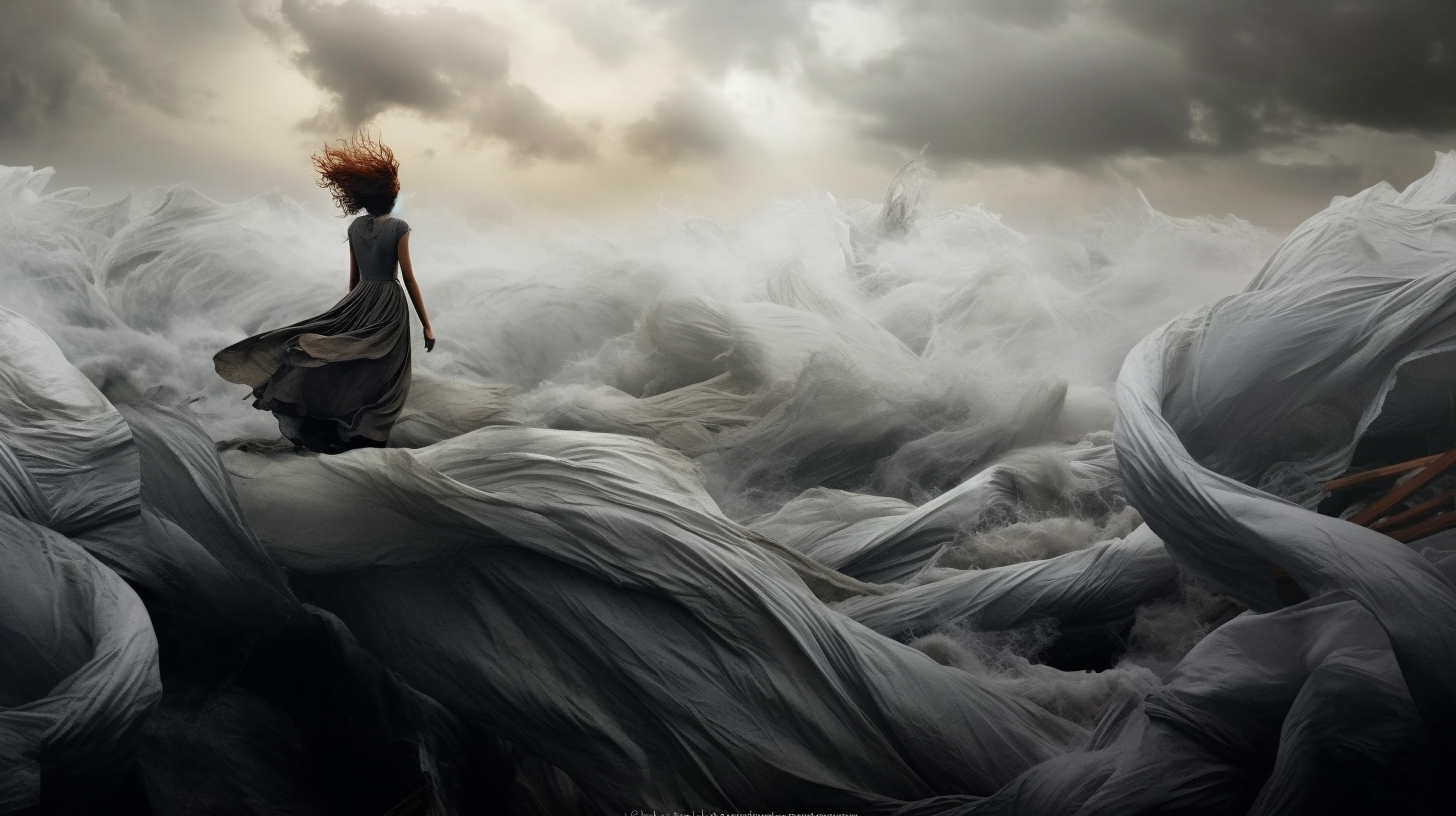In an era beset with climatic turmoil, as communities worldwide bear witness to the insatiable wrath of the earth, it is no mere conjecture to state that weather is no longer a mere backdrop to our lives but a pivotal character in our collective story. ‘Winds of Change – How Turbulent Weathers Reshaped Cultural Narratives’ seeks to unravel the entangled threads of how our climate, raging beyond the predictions of science, has rewoven the fabric of our society.
As the planet hurtles distress signals in the form of hurricanes, typhoons, and perennial tempests once dubbed ‘freak weather’, the responses are not solely etched on our landscapes but steeply injected into our cultural psyche. It seems as though the skies themselves are authoring a new chapter in human experience, where traditional tales of old are replaced by narratives of survival and loss in a theater of the absurd climatic conditions.
It was once common to share stories of nature’s bounty and the solace of yearly seasons. Now, grandparents find themselves recounting ‘mythical’ times of snowfall to children who know only of relentless heatwaves or fierce, endless rains. The cultural transmission, as old as human society itself, is twisting into cautionary tales of respect for nature’s limit, etching a lore that dwells on balance instead of conquest.
Weather has become the antagonist in many of our modern epics: tales of cities swallowed by sea-level rise, fields of crops devoured by drought, and ancestral homes, besieged by sand or swallowed by sinkholes. But, amidst the gargantuan struggle with our changing environment, smaller, more personal stories germinate — tales of communities bonding over shared losses, of innovative survival strategies, and of indomitable human spirit that defies even the harshest of nature’s trials.
The narrative shift is nowhere as poignant as in the arts. Literature, cinema, and visual arts are now a repository of this shift. Catastrophes play out on canvas and screens — not as dystopian speculation, but as reflection of our lived reality. A popular television series no longer features the trite love triangle but instead revolves around characters navigating a perpetual state of emergency, triggering both catharsis and dread amongst its viewers.
Take, for instance, the growing genre of ‘cli-fi’, climate fiction, a literary realm that merges science fiction’s imagination with the inevitabilities of climate change. Its tales pluck at the heartstrings with depictions of humanity’s potential last stand against relentless weather-induced crises, often leaving readers with a lingering taste of despair — for what fiction weaves, reality unravels.
Yet, these tales are manifest not just in creativity; they find roots in actual societal shifts, in traditions remolded by necessity. Communities previously marking time in the bustle of harvests are adapting festivals, ceremonies, and gatherings to the new cadence set by unrelenting weather patterns, celebrating rain when it’s not expected and mourning the harvests that can no longer be reaped. Cultural garments, too, have transformed with necessity, favoring adaptation over age-old attire.
Our very language evolves — words once used to describe rare weather events becoming commonplace in our lexicon, carrying the weight of their frequency and the trauma associated. New words emerge to elucidate the once-foreign experiences of life in a climate-ravaged world.
As paintings of golden sunsets have now morphed into canvases smeared with the oranges and reds of a skyline perennially tainted by wildfire smoke, our culture’s visual register has irreversibly changed. A witnessing of the potency of flames in the past shifts now to romanticized recollections, a wistful nostalgia for a time less incendiary — an echo of the sentiment captured in the recently published article, ‘Burning Boundaries – The Expanding Reach of Wildfire Havoc’.
In conclusion, ‘Winds of Change’ does not merely signify the transition of seasons but heralds an epoch where human civilization mutates to mirror the chaos of a climate gone rogue. As narratives intertwine with the turbulent weathers, it brings forth a question to ponder — can art and story provoke the change that reality demands, or are they mere epitaphs carved on the tombstone of a culture that could not adapt fast enough to save itself from disparity’s bleak embrace?
